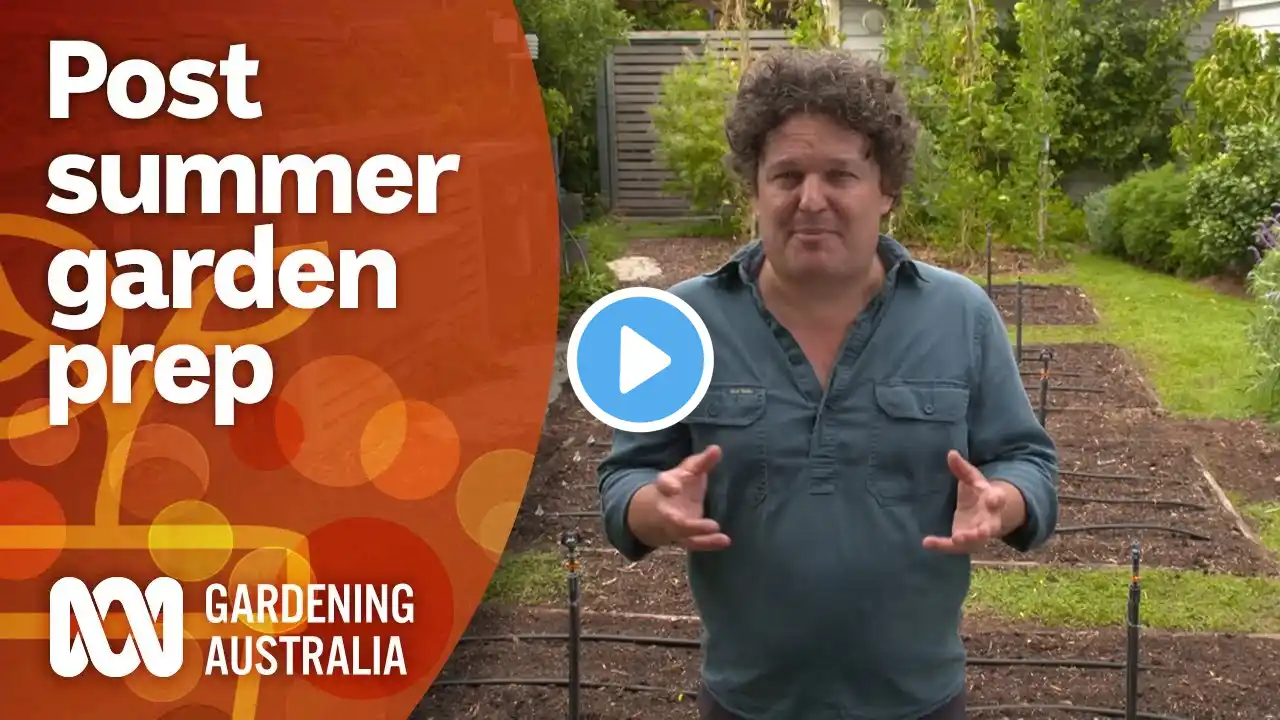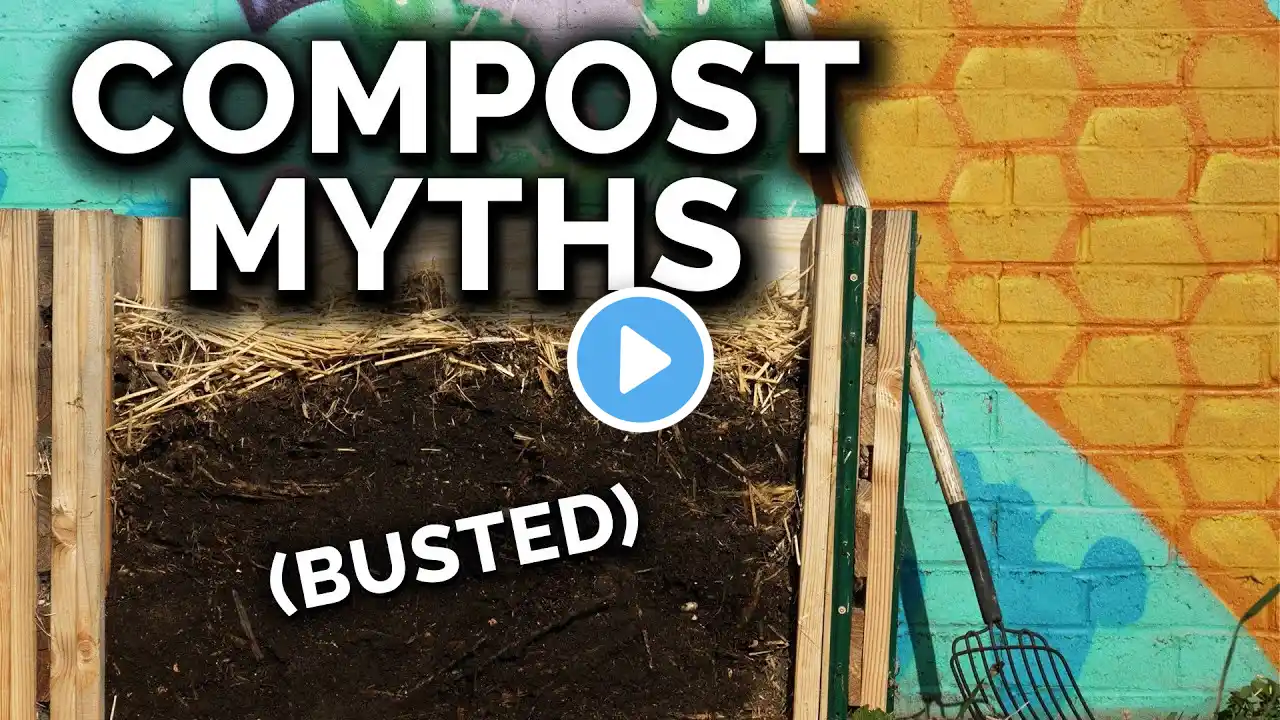
How to prepare spent summer garden beds for winter harvesting | Gardening 101 | Gardening Australia
Josh shows how to revitalise spent summer beds to grow bumper winter crops. Subscribe 🔔 http://ab.co/GA-subscribe It’s not just spring when you can plant crops - there’s plenty to plant over the cooler months - and in hotter climates, this is often a better time when there is less heat stress on plants. To grow year-round crops for a family, you need to revitalise your soil and keep it healthy. Josh has been building the soil up for several years now but he always puts some extra love into the beds before replanting. He moves the irrigation drip lines out of the way, before adding a range of ingredients: First is bentonite clay, which improves the nutrient- and water-holding capacity of sandy soils. It’s best to add small amounts over time than large amounts in one hit. Next is pelletised poultry manure. This acts as a general fertiliser that will feed plants over several months. Then it’s rock minerals for trace elements. Finally, the good stuff - compost, which provides structure, provides nutrients and encourages soil microbial activity, which creates stronger plants. Josh gently forks the soil over and replaces the irrigation. Crop rotation: It’s also worth thinking about crop rotation - not planting the same family of crops in the same bed year after year - to avoid the risk of disease and pests, and to get more out of your soil. For example, Josh plants leafy greens in a bed that previously grew legumes. The legumes fix nitrogen in the soil, and the leafy greens need high nitrogen levels to grow fast and produce a good crop. Next season he will plant fruiting crops here - such as tomatoes, eggplants and cucumbers, which are still heavy feeders but don’t need as much nitrogen. In the final plot, where summer fruiting crops have been, Josh plants root crops. These grow best in soils that need the least amount of nitrogen. When these are harvested, he’ll plant legumes and the whole crop cycle will start again. Intercropping: If you are planting long-term, slow-growing crops, you can fill in the spaces between with a faster-growing short-term crop. This is called intercropping. Josh does it here by planting pak choy and lettuce between his brassicas and celery. Another tip is to plant one row with seedlings, which will be ready for harvest in just a few weeks, and the other row with seed, which will take longer and so provide a backup crop when the seedlings have finished. Featured plants: Phaseolus vulgaris cv. - Bean ‘Blue Lake’ Filmed on Whadjuk Country | Perth, WA ___________________________________________ Gardening Australia is an ABC TV program providing gardening know-how and inspiration. Presented by Australia's leading horticultural experts, Gardening Australia is a valuable resource to all gardeners through the television program, the magazine, books, DVDs and extensive online content. Watch more: http://iview.abc.net.au/programs/gard... Facebook: / gardeningaustralia Instagram: / gardeningaustralia Web: http://www.abc.net.au/gardening ___________________________________________ This is an official Australian Broadcasting Corporation YouTube channel. Contributions may be removed if they violate ABC's Online Conditions of Use http://www.abc.net.au/conditions.htm (Section 3).






